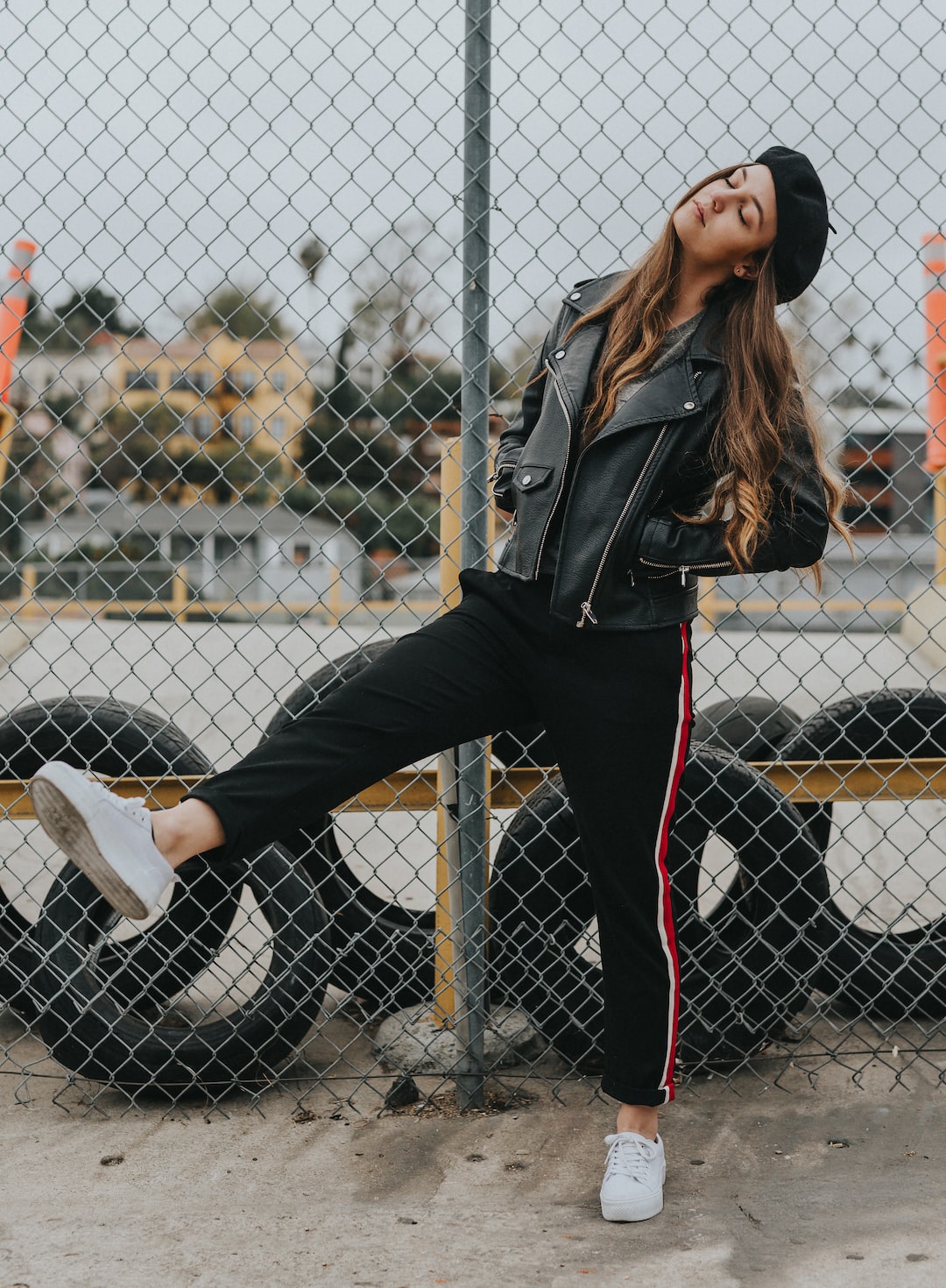The Art of Dressing Up: Understanding Formal Attire Etiquette
Formal events often strike fear into the hearts of many, not only because of the pressure to socialize but also because of the dreaded dress code. Nothing can be more daunting than receiving an invitation that says “black tie” or “formal attire.” Suddenly, questions flood your mind: What should I wear? How dressy is too dressy? What is appropriate for this occasion? Don’t worry, we’ve got you covered. In this blog post, we will dive into the art of dressing up and help you unravel the mysteries of formal attire etiquette.
Let’s begin with the most common dress code: black tie. This requirement refers to a formal evening event that usually demands elegance and sophistication. For men, this means wearing a tuxedo. A black jacket with matching trousers, a white dress shirt, a black bowtie, and black formal shoes are all essentials. For women, a floor-length gown or a fancy cocktail dress is appropriate. Be sure to choose muted colors to avoid stealing the spotlight from the host.
Moving on to white tie events, which are even more formal, men are expected to wear a black tailcoat with matching trousers, a white wing-collar shirt, a white vest, and a white bowtie. Women, on the other hand, should opt for an extravagant floor-length ball gown and accessorize with statement jewelry. This dress code is usually reserved for exceptionally formal events, such as royal galas or state dinners.
When invited to a semi-formal event, you need to strike a balance between formal and casual. Men can opt for a dark suit or a blazer with dress pants, a dress shirt, and a tie. Women can wear a knee-length dress or a skirt with a nice blouse. Remember, semi-formal does not mean casual. Avoid jeans or sneakers, as they are deemed too informal for this type of occasion.
Lastly, let’s touch on business formal attire, commonly seen at professional events or corporate gatherings. For men, a suit with a dress shirt and a tie is appropriate. Avoid eccentric patterns or colors that could be distracting. On the other hand, women can wear a tailored suit, a dress with a blazer, or a dressy skirt with a blouse. Neutral colors are usually preferred for business formal attire.
When in doubt, it is always better to be slightly overdressed than underdressed. Remember that dressing up not only shows respect for the occasion and the host, but it also allows you to feel more confident and comfortable in your surroundings. Pay attention to the details, such as polished shoes, well-groomed hair, and minimal accessories. These small finishing touches can make a significant difference in your overall appearance. Remember, your intention is to blend in with the general dress code, rather than standing out in a way that makes others uncomfortable.
Formal attire etiquette does not need to be a source of anxiety. By understanding the dress code and following the guidelines we’ve discussed, you are sure to impress others with your impeccable sense of style at your next formal event. So, embrace the art of dressing up and enjoy the celebration in your finest attire!

